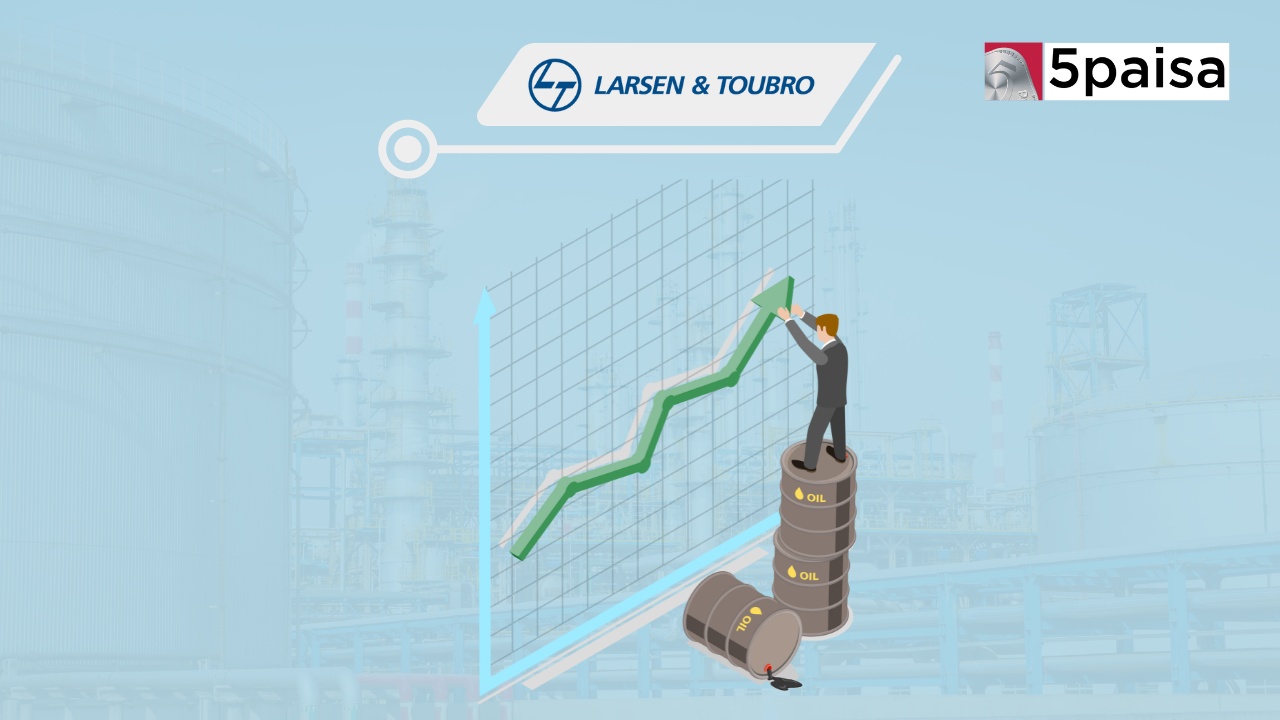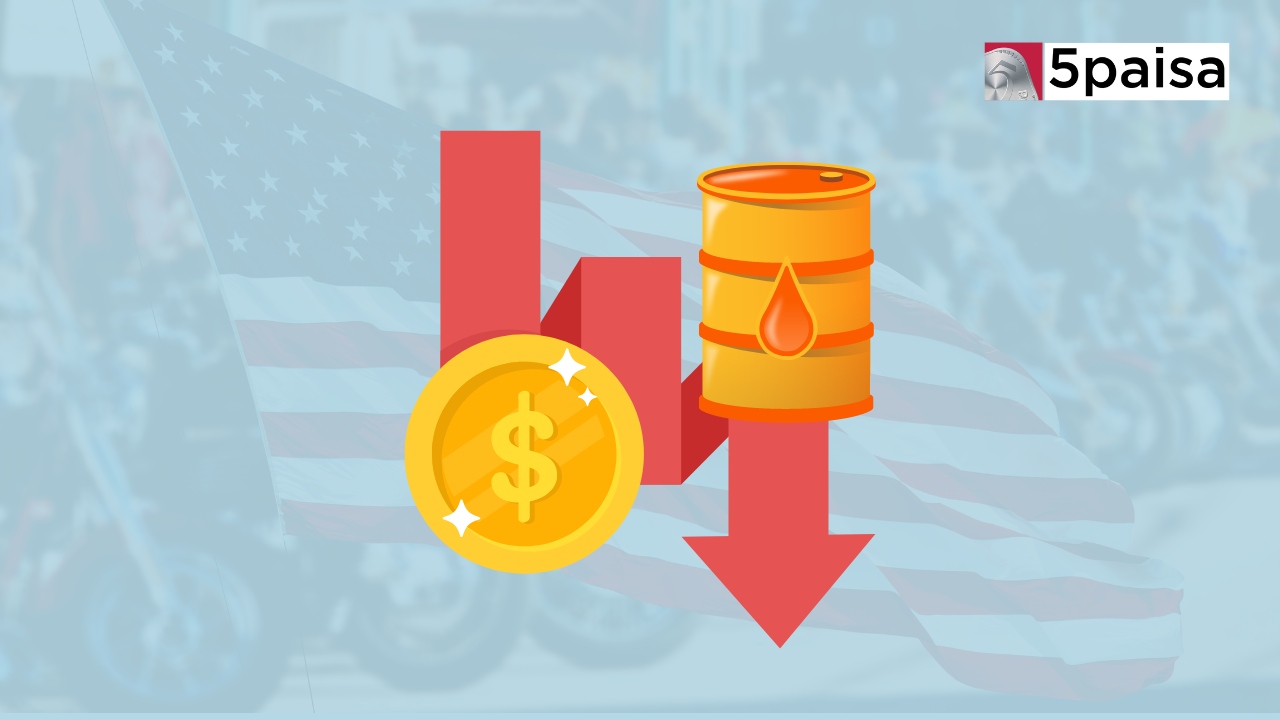L&T Eyes $50-$60 Billion Projects by FY25, Plans Major O2C Investments
Why are AT1 bonds in the news?

Last Updated: 24th March 2023 - 04:02 pm
Additional Tier 1 bonds or AT1 bonds have been in the news for all the wrong reasons. Most
Indian investors had their first brush with AT1 bonds when Yes Bank had written down
Rs. 8,000 crore of AT1 bonds as part of its rescue package. Now that issue is back to haunt the
global markets. In the latest salvo fired by the Credit Suisse bailout, the government of
Switzerland and UBS insisted that Credit Suisse write down its AT1 bonds worth $17 billion
down to zero. That means, bond holders with AT1 bonds are just left with worthless paper.
Now, that does look quite unfair at a time when even the equity shareholders are going to
get something out of Credit Suisse. But, we will come back to that later.
A quick word on the concept of AT1 bonds
AT1 bond were introduced by the Bank for International Settlements (BIS), Basel, at the peak
of the Global Financial Crisis in 2008. There is something unique about the structure of these
AT1 bonds. These AT1 bonds are perpetual bonds with no maturity. But, even banks have a
reputation to protect so in practice, most of the large banks have offered an exit option to
the AT1 bond holders at the end of 5 years; either via redemption or conversion to equity.
The problem is that the bond agreement includes a clause on repudiation. In the event the
equity getting depleted and if there is the need to find a willing buyer for the bank, these
AT1 bonds can be written off fully. Now, these AT1 bonds offer yields as high as 9.75% in
Europe, which is higher than junk bonds. But, these bonds can be repudiated.
Credit Suisse AT1 bond holders left with worthless paper
Let me start with a rhetorical question or a riddle with an obvious answer. If your bank has
$100 of assets, $90 of liabilities and, $10 of equity; what is the room for risk. The room for
risk is 10% because if the value of the assets falls by 10%, then the equity is fully wiped out.
Central banks and governments do not relish the idea of defaulting on deposits, so it is the
equity shareholders that have to bear the brunt. As the crisis worsened in 2008, the AT1
bonds came as a face saver to make the large investors bear part of the cost of any bailout.
That is better than the public or the government bearing the entire cost. That was the basis
for the $17 billion write down of AT1 bonds by Credit Suisse.
Let us look at the Credit Suisse balance sheet as of year 2022. The bank had SFR531 billion in
assets, SFR486 billion in liabilities and the balance SFR 45 billion in shareholder equity. Now
equity is just 8.5% of the assets so an 8.5% fall in asset value can effectively make the
shareholder equity worthless. That is a small room since the asset value can never be fully
realized as there will be non-performing assets, potential derivative losses etc. That means;
in most cases, it is very easy for the equity to be fully wiped out, and Credit Suisse was no
exception. If the equity became worthless, the only option would have been for Credit Suisse
to go bankrupt, a rather disastrous idea for the global markets.
How AT1 bonds at Credit Suisse became the whipping boy?
Why exactly were the AT1 bonds of Credit Suisse worth $17 billion written down to zero. Last
Friday, the stock price of Credit Suisse fell from SFR2.24 to SFR 1.86 implying an equity
market value of just SFR7.4 billion. For the Swiss central bank (SNB) there was little time left.
The stock swap was agreed at 1 share of UBS for every 22.48 shares of Credit Suisse held, or
approximately SFR0.76 per share. So, shareholders of Credit Suisse get SFR3 billion in equity
value; much more than the original offer of $1 billion by UBS. That sweetener was only
possible because the AT1 bonds were written off and reduced to zero. But, here is why this
move has become very unpopular.
AT1 bond holders at Credit Suisse are upset
AT1 bond holders are up in arms against the decision. Their view point is that in any priority
waterfall, equity come last and the AT1 debt does rank above equity. It is therefore
inconsistent that equity shareholders are getting SFR3 billion while AT1 bond holders are
getting nothing. In this case, there is a very important point being missed by the AT1
bondholders. It must be remembered that the priority waterfall they are talking about will
only apply in case of liquidation of the company. However, in the case of Credit Suisse, it was
like flash sale or distress sale to UBS and in such cases, the waterfall question does not arise.
In such cases, it is normal to write down the AT1 bonds to zero.
Credit Suisse did not have much of a choice because the rescue package was syndicated by
the Swiss government and the SNB. Credit Suisse has some powerful large shareholders like
the Saudi National Bank and Qatar Investment Authority; and Switzerland would not want to
displease them. Saudi National Bank had already asked shareholders to vote against the
SFR1 billion UBS offer. The latest offer of SFR3 billion is like a face saver for everybody. That
also means that the AT1 bonds are bearing the brunt of the losses. Had that not been done,
Credit Suisse would have had to file for bankruptcy this week and it was only this action that
saved it in the nick of time.
AT1 bonds or COCO bonds (contingent convertibles) was aimed at attracting bond investors
with higher yields. But it also quietly provided a cushion to equity shareholders in a crisis.
One cannot predict the outcome of the legal battles, but one thing is sure that investors will
now be a lot more cautious about AT1 bonds.
- Flat ₹20 Brokerage
- Next-gen Trading
- Advance Charting
- Actionable Ideas
Trending on 5paisa
05
 Tanushree Jaiswal
Tanushree Jaiswal
Indian Market Related Articles
Disclaimer: Investment in securities market are subject to market risks, read all the related documents carefully before investing. For detailed disclaimer please Click here.
 5paisa Research Team
5paisa Research Team




